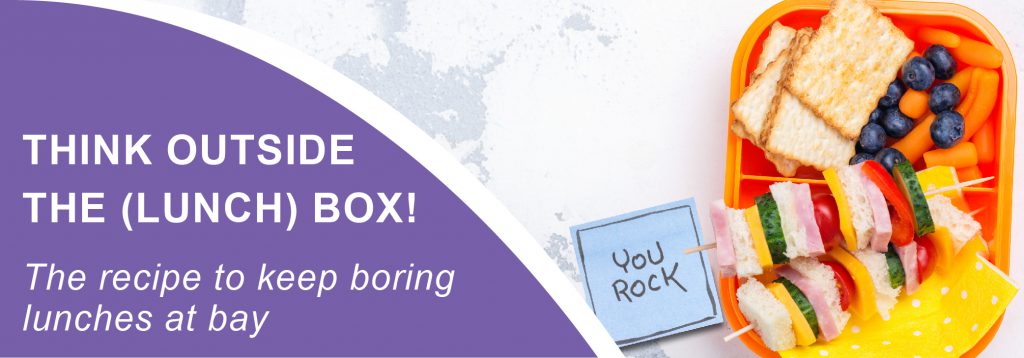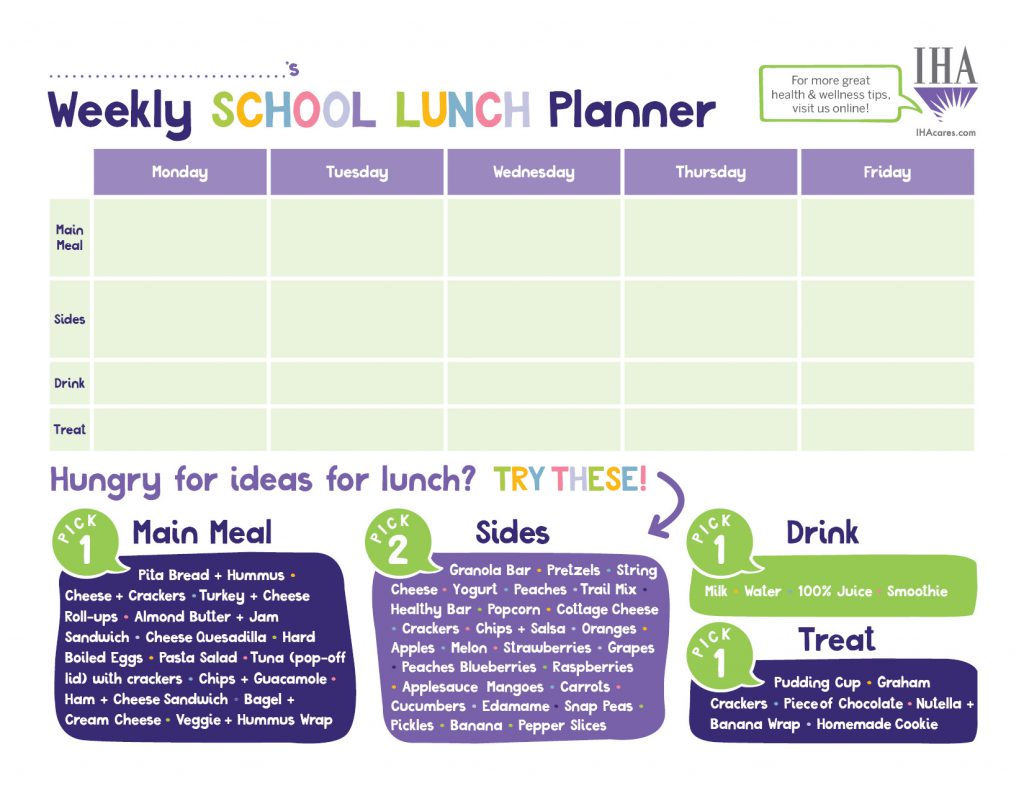
Don’t let the cooler weather fool you, mosquito season is not over. More than a pest, these buzzing insects can carry and spread dangerous diseases to both humans and animals. Here in Michigan, health officials are advising residents to take precautions after several residents became infected with the mosquito-borne virus, Eastern Equine Encephalitis (EEE). The only way to prevent mosquito-borne illnesses is to avoid being bitten by them.
Until the nighttime temperatures consistently fall below freezing, The Michigan Department of Health and Human Services has issued the following recommendations to protect yourself and your family against mosquito bites:
- Avoid being outdoors at dusk and dawn when mosquitoes are most active
- Wear light-colored, long-sleeved shirts and long pants when outdoors
- Apply insect repellents that contain the active ingredient DEET or other EPA- approved product to exposed skin or clothing, always following the manufacturer’s directions for use
- Use nets and/or fans over outdoor eating areas
- Maintain window and door screening to help keep mosquitoes out of buildings
- Empty water from mosquito breeding sites such as buckets, unused kiddie pools, old tires or similar sites where mosquitoes lay eggs
For those that work outdoors or cannot avoid being outdoors at dusk or dawn, be diligent about using insect repellent, and cover as much of your skin as possible.
If you’re concerned about or experiencing symptoms from a mosquito bite, reach out to your primary care physician: Make An Appointment
Or visit an Urgent Care location near you: Save Your Spot
Read the press release from the Michigan Department of Health and Human Services: Michigan.gov/emergingdiseases
Frequently Asked Questions about Eastern Equine Encephalitis from the Centers for Disease Control and Prevention (CDC): https://www.cdc.gov/easternequineencephalitis/gen/qa.html



